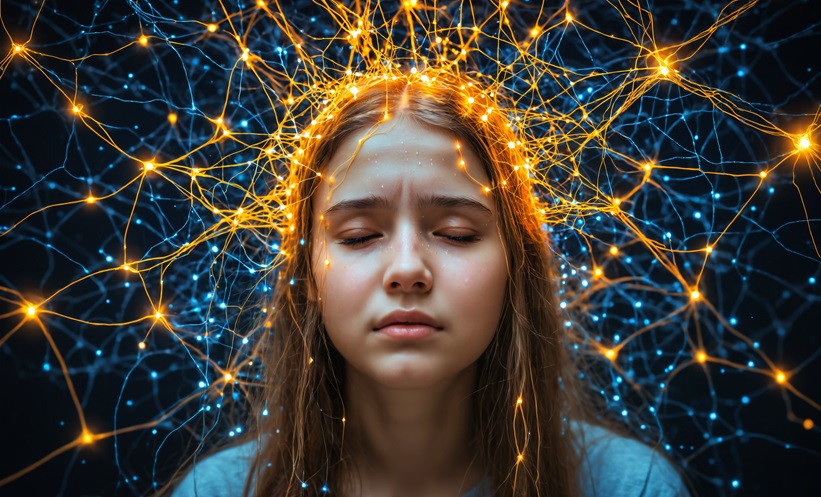Abstract
Over the last decade, neuroimaging methods have been refined to improve clinical decisions regarding acute stroke treatment. Computed tomography and magnetic resonance imaging are routinely used to rule out intracerebral haemorrhage or other contraindications of thrombolysis, to detect stroke mimics and to estimate the time of stroke onset. With the availability of fast and advanced imaging methods, there is a growing interest in expanding their application for the prediction of success and risks of specific therapies. The mismatch concept, which has long been controversial, has now experienced a breakthrough due to further development and standardisation of imaging parameters, and a separation of different, clinically relevant mismatch patterns. In this review, we will highlight existing neuroimaging modalities for acute stroke. To interpret neuroimaging results, knowledge about the clinical situation is essential. Furthermore, the factors of time since stroke onset and collateral blood supply need to be incorporated into existing imaging-based therapeutic strategies.
Please view the full content in the pdf above.








